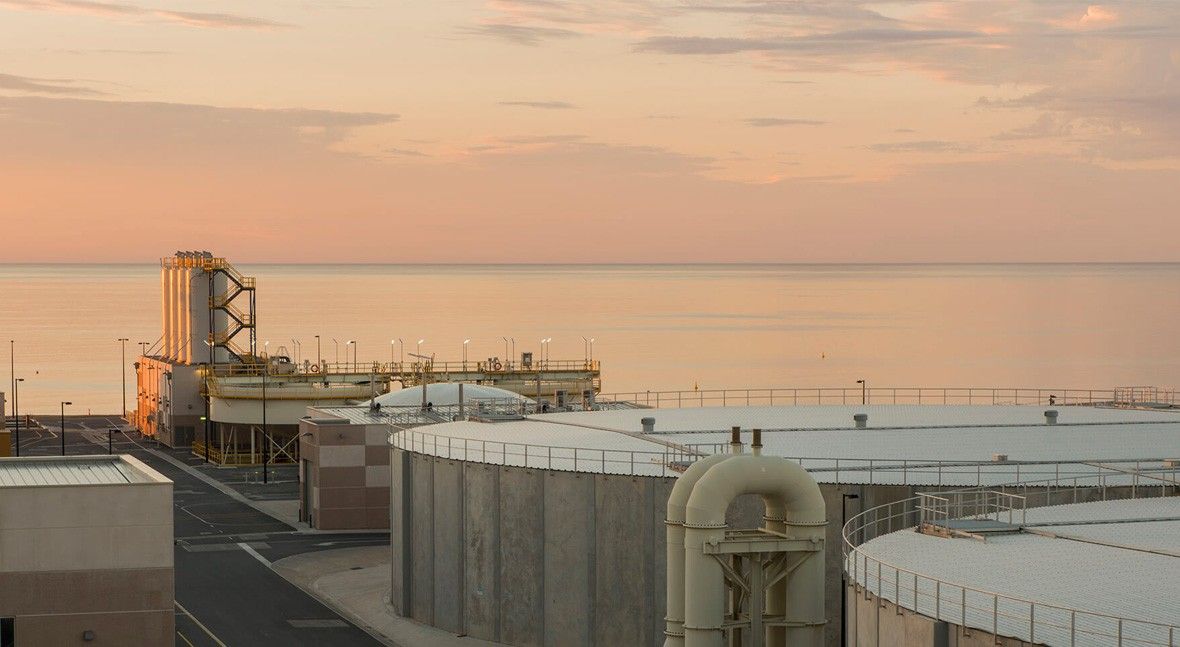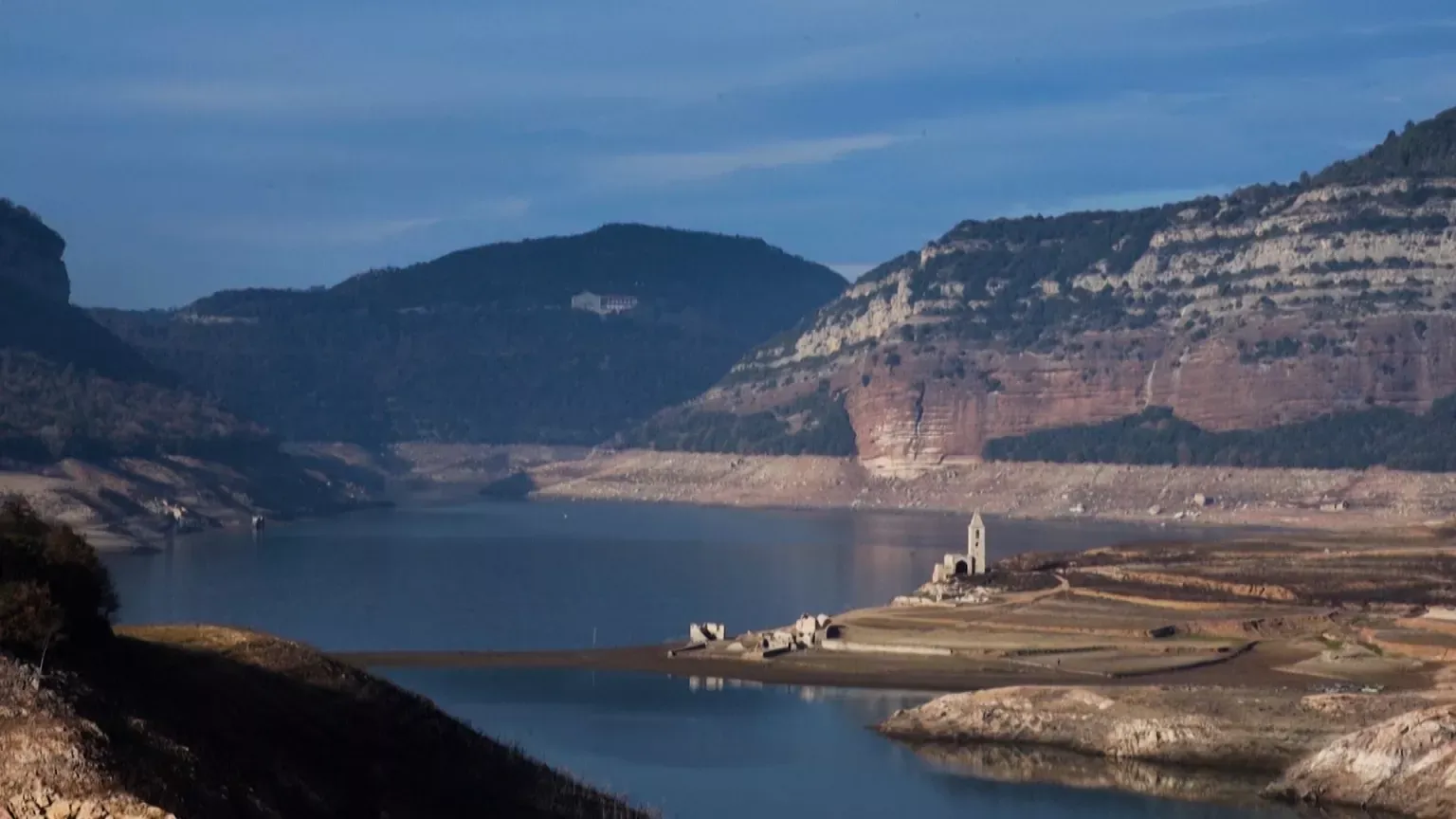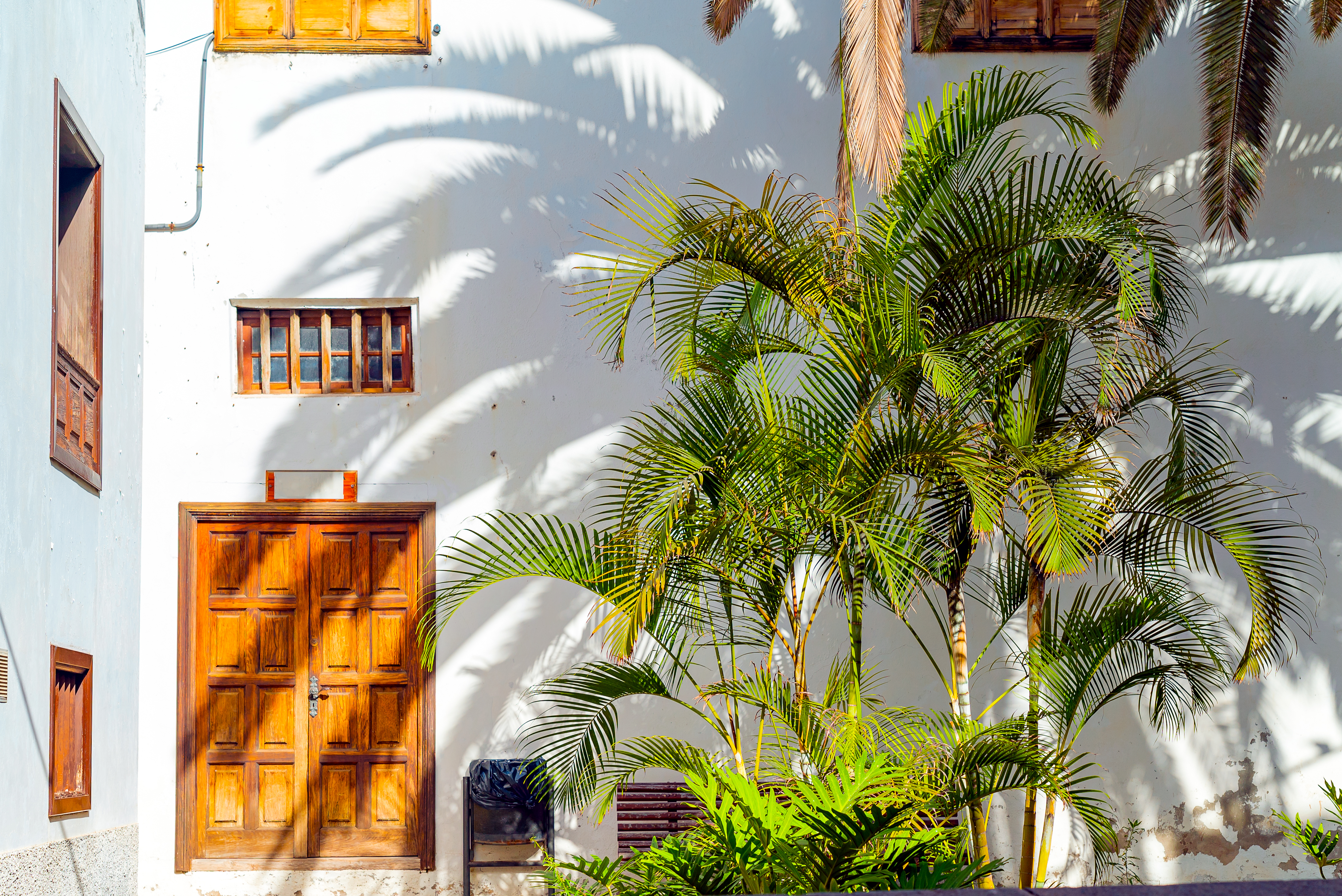It’s another perfect August day on the Costa Blanca. The sun is brilliant, the sky is cloudless, and the Mediterranean is a dazzling turquoise. This is the postcard image of Spain, an image that powers a nation's economy.
But behind this idyllic façade, a silent and critical emergency is unfolding. A single, stark number tells the real story of the Spain water crisis 2025: 63.9%.
As of mid-August, that is the critically low average level of Spain’s water reservoirs. In just one sweltering week, the nation’s capacity dropped by nearly 1%. This isn't just a dry spell; it's a glimpse into a new reality shaped by climate change in Spain. While the national average is alarming, the situation in key regions like Andalusia and Catalonia is even more dire, forcing restrictions and threatening a way of life.
This guide explores the deep causes of the drought in Spain, its devastating impact on agriculture, tourism, and daily life, and the innovative solutions the country is pioneering to fight for every drop.
What is Causing the Water Scarcity in Spain?
It's easy to blame a single heatwave, but the 2025 crisis is the result of long-term factors.
- Climate Change: The Mediterranean is a climate change hotspot. Spain is getting hotter and drier, with rainfall declining and intense, multi-year droughts becoming more frequent.
- Agricultural Demand: Around 80% of Spain's freshwater is used for agriculture. As the "pantry of Europe," the country cultivates vast areas, including water-intensive crops like avocados and berries, often in its driest regions.
- Tourism and Population: A booming tourism industry and a population concentrated on the arid coasts place an immense strain on a dwindling resource, especially during the dry summer months.
How the 2025 Spanish Drought Affects Daily Life, Tourism & Agriculture
The impact of dwindling Spanish water reserves ripples through every sector of the economy and society.
The Impact on Agriculture
For Spain's farmers, the drought is an existential threat. Olive groves in Andalusia, the heartland of the world's olive oil, are under severe stress, with yields plummeting. Cereal crops, vineyards, and fruit orchards all face a future of uncertainty, threatening both local economies and the global food supply.
The Impact on Tourism
Tourism exists in a paradox: the sun that attracts millions is a symptom of the drought that threatens the industry. A tourist can use up to three times more water than a local. In response, authorities in the worst-hit areas have had to:
- Ban the filling of private swimming pools.
- Shut off beach showers.
- Reduce water pressure at night.
This forces Spain to manage a difficult balance: maintaining its image as a carefree holiday paradise while dealing with a critical resource shortage.
The Impact on Daily Life & the Environment
For residents, the crisis means nightly water cuts in some areas, bans on washing cars or watering gardens, and a constant call for responsible consumption. Environmentally, the toll is devastating. Iconic wetlands like Doñana National Park are drying up, and the risk of catastrophic wildfires increases exponentially as forests turn to tinderboxes, accelerating the process of desertification.
Spain's Solutions: A Battle for Every Drop
Faced with this challenge, Spain has become a global leader in water technology and management.
- Desalination: Spain is a European pioneer in turning seawater into fresh water. Over 700 desalination plants along the coast provide a vital lifeline for many cities, guaranteeing supply when reservoirs are low.
- Water Recycling (Agua Regenerada): Spain is at the forefront of treating and reusing urban wastewater. This "regenerated water" is crucial for agriculture and irrigating golf courses and parks, reducing the strain on primary water sources.
- Modernizing Irrigation: Ambitious programs are underway to replace inefficient irrigation with "smart" drip systems that use sensors and data to give crops the exact amount of water they need, maximizing the "crop per drop."

Frequently Asked Questions (FAQ)
Q1: Is it safe to travel to Spain during the drought? A1: Yes, it is safe to travel. The core tourism infrastructure remains fully functional. However, tourists are strongly encouraged to be mindful of their water consumption, follow any local restrictions (like turning off beach showers), and support sustainable tourism practices.
Q2: Which parts of Spain are most affected by the drought? A2: The southern and eastern regions are typically the most affected. Andalusia and Catalonia have faced the most severe shortages and restrictions in recent years. The Canary Islands also face significant water stress.
Q3: Can I use the swimming pool at my hotel or villa? A3: This depends on local restrictions at the time of your visit. In areas with severe shortages, filling private pools may be banned. Hotels and public pools are often treated differently and may be allowed to fill, sometimes using recycled or seawater. Always check the local rules.
Q4: What is desalination and is it a sustainable solution? A4: Desalination is the process of removing salt from seawater to produce fresh water. While it is an essential tool, it is also energy-intensive. Spain is working on making the process more efficient and powering plants with renewable energy to improve its sustainability.





